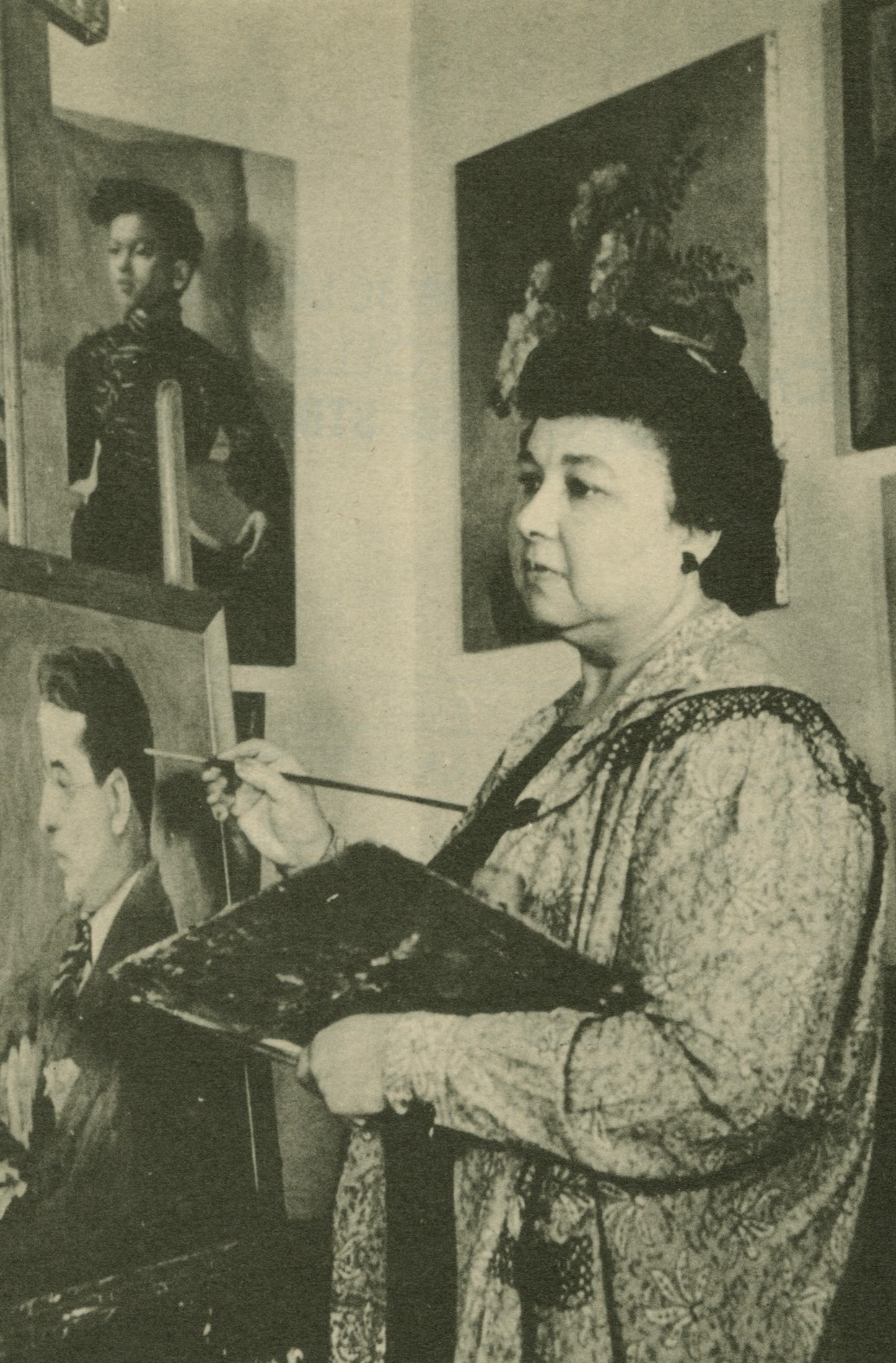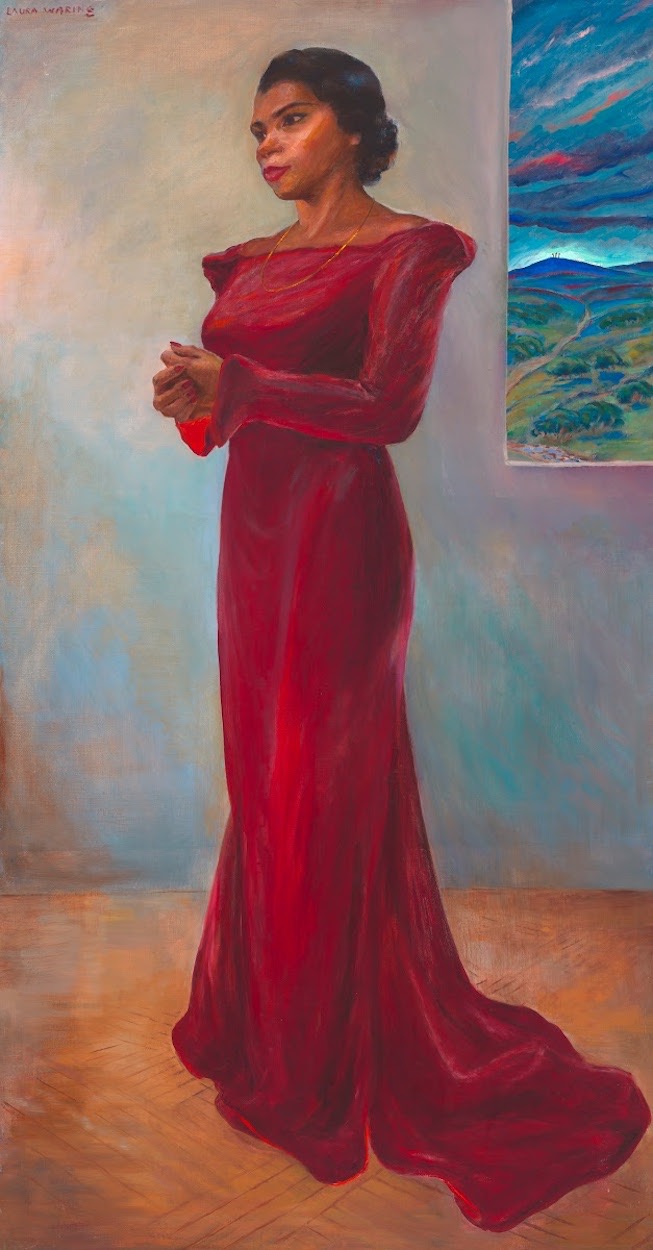Waring, Laura Wheeler (1887-1948), was a Black American painter and teacher. She is known for her powerful portraits and picturesque landscapes of Europe and northern Africa. Her best-known portraits are of key figures in the struggle for civil rights, including the singer Marian Anderson and the writer W. E. B. Du Bois. Her paintings are soft and colorful, with her portrait subjects appearing to glow through the canvas. 
Laura Wheeler was born in Hartford, Connecticut, on May 26, 1887. Her father, Robert, was a pastor at Talcott Street Congregational Church, the first all-Black church in Connecticut. Her mother, Mary, was a teacher and artist. Wheeler attended the Pennsylvania Academy of the Fine Arts. After graduating in 1914, she received a scholarship to study painting at the Louvre in Paris, France. When World War I (1914-1918) broke out, Wheeler returned to the United States. She began teaching at the Cheyney Training School for Teachers in Philadelphia, developing its art and music departments. Throughout her career, she returned to Europe to continue studying art. Wheeler traveled throughout Europe, receiving comprehensive training in painting. Her painting Houses at Semur (1925) received widespread praise in Europe and the United States.
In 1927, Wheeler married the professor Walter E. Waring. Her art was featured in the Harmon Foundation’s first all-Black exhibition a year later. The Harmon Foundation was founded at the height of the Harlem Renaissance, a flourishing of Black art and literature in the 1920’s and 1930’s, to raise awareness of Black artists. The foundation commissioned portraits from Waring for a 1944 exhibit about important Black figures. Waring died on Feb. 3, 1948, in Philadelphia, Pennsylvania. 
Many of Waring’s pieces were not adequately preserved. However, a few survive in collections at the National Portrait Gallery in Washington, D.C.
